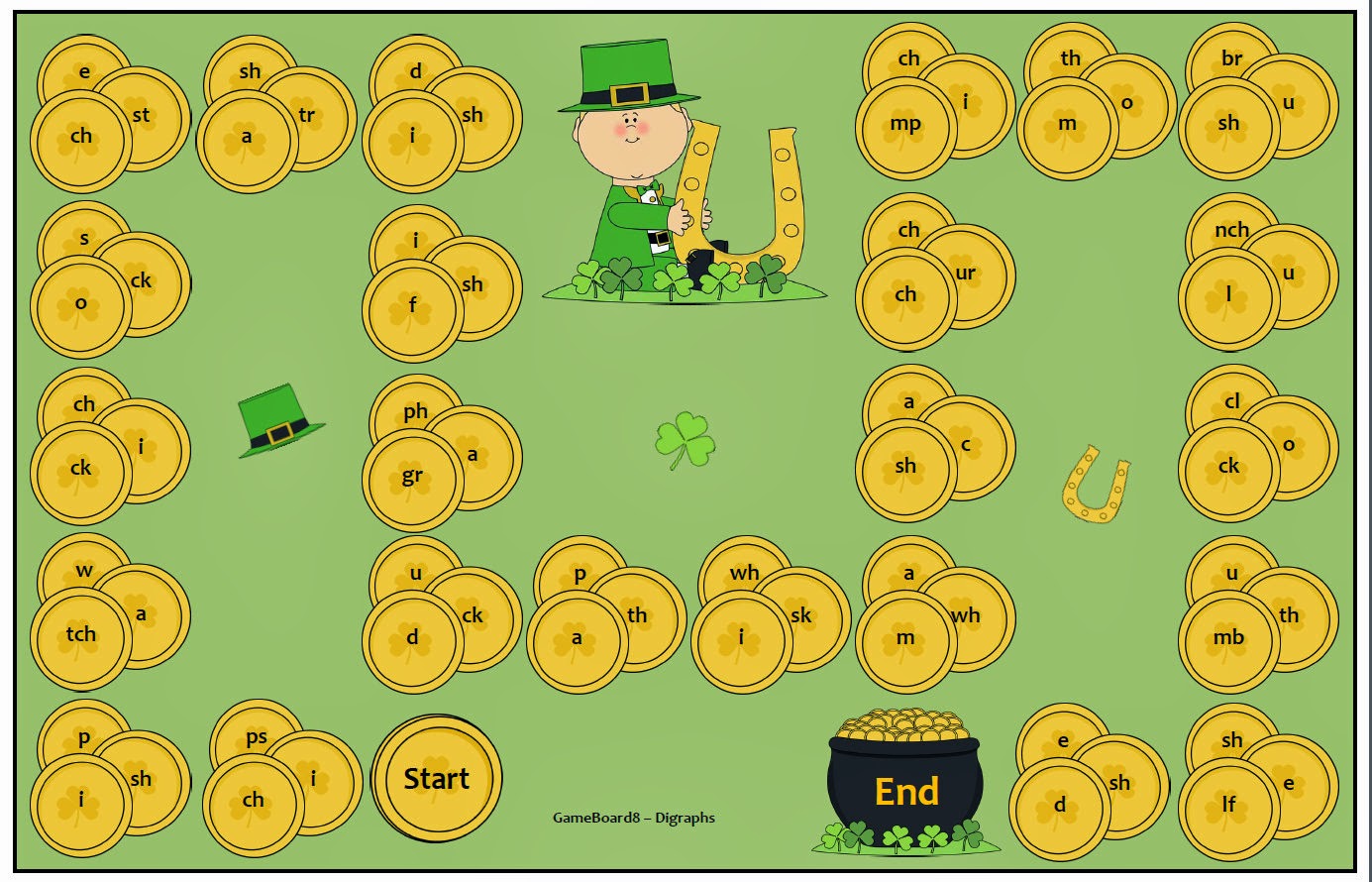I even love the pun on the names of the kits!
The kits are called Edison and Tesla, after Thomas Edison and Nikola Tesla — both giants of electrical engineering whose innovations changed our lives. But Edison and Tesla were also famous rivals! Edison insisted his own system (DC) was superior, whereas Tesla thought AC was the technology to use. This conflict between the methods and their masters was known as the War of Currents!
Even the name of the kits are brimming with learning :)
So naturally, I decided to get them. The kits have wonderful reviews, and the LightUp App that is part of the kit intrigued me. I think the app is the first-ever interactive augmented-reality tutor app. Combine a real time app with electronics building blocks, and you have a winner!
I decided to start with the Edison Kit. Full disclosure: I was given a blogger discount, but I would have purchased the set anyway :) All opinions are my own.
And you, my reader, get a discount as well!!
With magnetic blocks that snap together, you can build circuit in seconds, truly. Download the LightUp Learning App and get ready for some fun (and learning!)

LightUp blocks included in the Edison Kit:
Rechargeable Battery, Red LED, Buzzer, Light Sensor, Momentary Switch, 50k Variable Resistor, 4 Wire blocks, and Micro USB Cable.
Note that every block is just ONE COMPONENT. The blocks are not higher level modules. So the kids start with the basic building blocks of circuits.
Let's get started with the first circuit, the Morse Code Beeper. Start your App.
The App is an interactive tutor that guides you through the process (all the steps, the components you need, why you need them, and how you connect them), checks your work, and helps you figure out what went wrong and how to fix it.
For this circuit, we needed battery, switch, buzzer, and wire.
This screenshot explains battery. Love the nice crisp explanation that kids can understand!
After you are done building the circuit, use the LightUp App to check your circuit. The boys were super-excited by this stage! Just take a picture and see what the App does.
LightUp Lens, the in-app augmented reality feature, gives the kids "X-ray" vision by letting them "see" the flow of electricity, and more importantly, helps them out when things don't work!
Spiderman is 5, and Batman is 7, so I did not have much in the way of expectations from Spiderman, but boy o boy was I surprised...
The kit intrigued them in different ways.
Spiderman loved making the circuit. He snapped the blocks, made the circuit stand up instead of flat on the ground, and used the Morse Code to signal everything he could think of! He is an expert at Morse Codes now!
Batman (who has worked with littleBits and Snap Circuits) was not as awed by the making of the circuit itself. He loved the Morse Codes as well. But he was most interested in finding out whether the App can detect mistakes in your circuit (which it totally can!!!)
He read about all the components, messed up the circuit to see what the App would detect, what corrections it would suggest and why!!
Both loved the "flow of electricity" in the App. The circuit animations are crucial to helping kids understand not just what pieces to connect together, but how the circuit works.
The kit is an impressive blend of learning, ease of construction with the magnetic blocks, and technology that holds everything together withe App that is sure to appeal to this generation of kids!

Projects you can make with the Edison Kit includes a Morse code buzzer, night light, dimmer switch, and lunch box alarm.
Concepts you learn from tinkering with this kit: circuits, conductivity, voltage, current, resistance, sensors, LEDs etc.
See the complete list of Edison Projects.
Once you have played and learned with the Edison Kit, upgrade to the Tesla Kit and work on projects that teach kids how to code. Batman has already asked me for the Tesla kit!
Now for the discount code!
Go to the LightUp website, use the code "taketen", and get 10% off.























.JPG)









